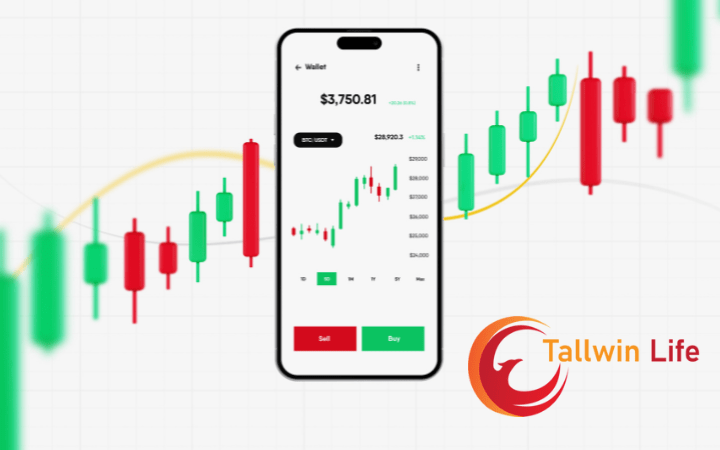How To Assess The Financial Evaluation Of A Business?

The sale price of a business is the central point of a business takeover transaction, and it is through negotiations between the seller and the buyer that it will be set. To get an idea of a reasonable price, the business should be a proper financial evaluation using several methods.
Methods For Financial Evaluation Of The Transfer Price
There are a multitude of financial evaluation methods, and you should only choose those that fit well with the type of business desired. Here are some primary existing evaluation techniques.
Financial Evaluation By Comparison
This first method consists of valuing the company by observing the transfer prices charged on sales of companies in the same sector of activity and located nearby. This allows you to have an idea of the price at which similar businesses are sold. We instead use the comparative method in the context of transfers of artisanal funds and certain businesses, such as bakeries, butchers, brasseries and restaurants, ready-to-wear boutiques, etc. There are generally valuation statistics by trade, the value being obtained by applying a coefficient to the turnover.
Financial Evaluation Based On Heritage Value
This method consists of calculating the value of the company’s assets: we, therefore, evaluate the value of its assets, subtract debts, and carry out adjustments (integration of unrealized capital gains and elimination of worthless elements) to obtain the corrected accounting net assets.
The weakness of this method is that it is based on the past. It needs to take into account the future potential of the company. It is not suitable for the evaluation of recent companies in development or without production tools but rather for production companies with stable activity. The asset evaluation of a company is quite complex; it will be necessary to analyze many elements to carry out such an evaluation correctly.
The Financial Evaluation Focused On Profitability
This method consists of valuing the company based on the profitability it generates. One of the most used calculations is the valuation by forecasted cash flows (DCF method). Using this technique involves establishing a business plan and then calculating the cash flows that the activity will generate over several years (generally between 5 and 10 years). The DCF method involves:
- Forecast cash flows after taxes using the following calculation: operating profit – taxes on operating profit + depreciation charges – investments – change in working capital requirement.
- To discount these cash flows to infinity at the rate of return demanded by investors.
The disadvantage of the DCF method lies in the fact that the result is strongly linked to the assumptions made, so it is necessary to be rigorous in establishing forecasts. This method is more suitable for developing companies with good prospects: start-ups and entities experiencing strong growth. Unlike heritage assessment, it is possible here to rely not only on data from the past but also on that of the future by updating them. However, here, we need to pay more attention to the assets of the company, which is problematic in the presence of significant fixed assets.
Delegate The Evaluation Of the Company To A Professional
Correctly carrying out the financial evaluation of a company involves mastering several accounting and financial techniques; it is preferable to delegate this work to an accountant, given the challenges of a takeover operation.
Factors For Increases And Decreases In Valuation
Once you have managed to estimate a range of values, you should take into account all the factors that you have been able to identify and which impact, upwards or downwards, the valuation. These premium or discount factors may be linked to:
- the location of the store for commercial and craft activities,
- the composition of the clientele,
- the state of the production tool,
- the state of points of sale,
- The reputation and notoriety of the company, its brands, etc.
- the prospects of the geographical area,
- the condition of the market and its possibilities,
- staff, social climate, probable departures following the takeover,
- The development phase of the company: start-up, growth, stagnation, decline, etc.
- The extent of the risks assumed differs depending on the scope of the operation: the company as a whole (with its liabilities and commitments) or only the goodwill.
At equal financial evaluation:
- A business located in a busy area is generally better valued than a business located in a rural area,
- An activity in a market with solid development potential is generally better valued than an activity in a mature or declining market.
At this stage, it may be interesting to rely on an external audit carried out by a professional. For example, you can ask him to analyze certain subjects in detail: market developments, customer audits, production tool audits, etc.
From The Valuation Of A Company To Its Sale Price
After you have estimated the value of the desired business, negotiations on the transfer price with the transferor can begin. Ultimately, it is the negotiations that determine the final selling price of a company, the evaluation being only a means of obtaining a coherent idea of the value of the latter and of defining an offer limit. The sale price of a company can increase considerably when several potential buyers compete to take it over. This situation is quite common, and buyers are ready to increase their offer in order to prevent a competitor from strengthening their position.
Read Also: What To Do If Your Social Media Account Is Hacked?






